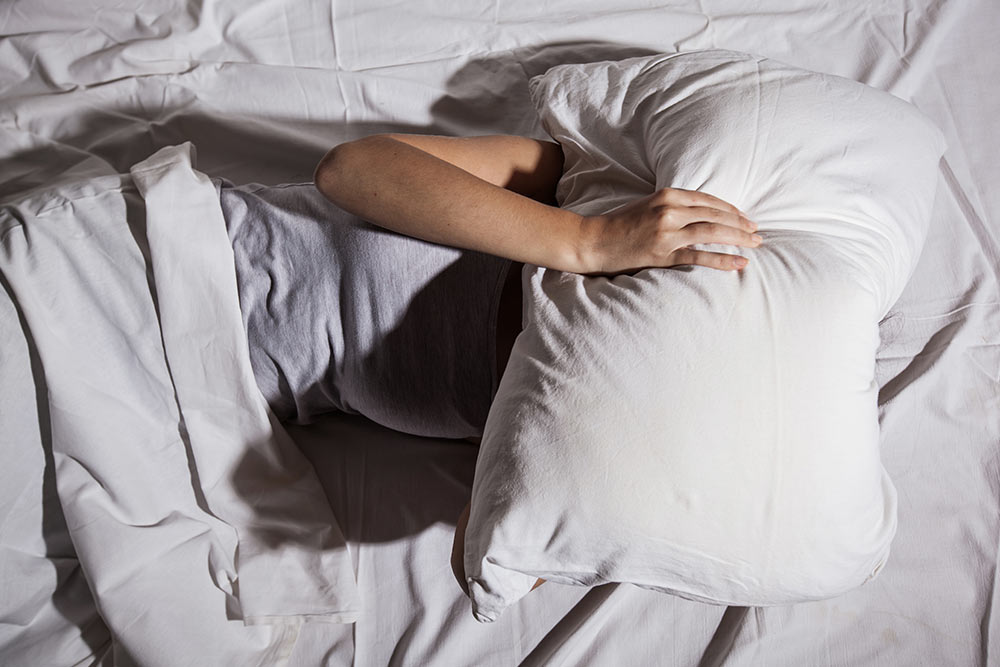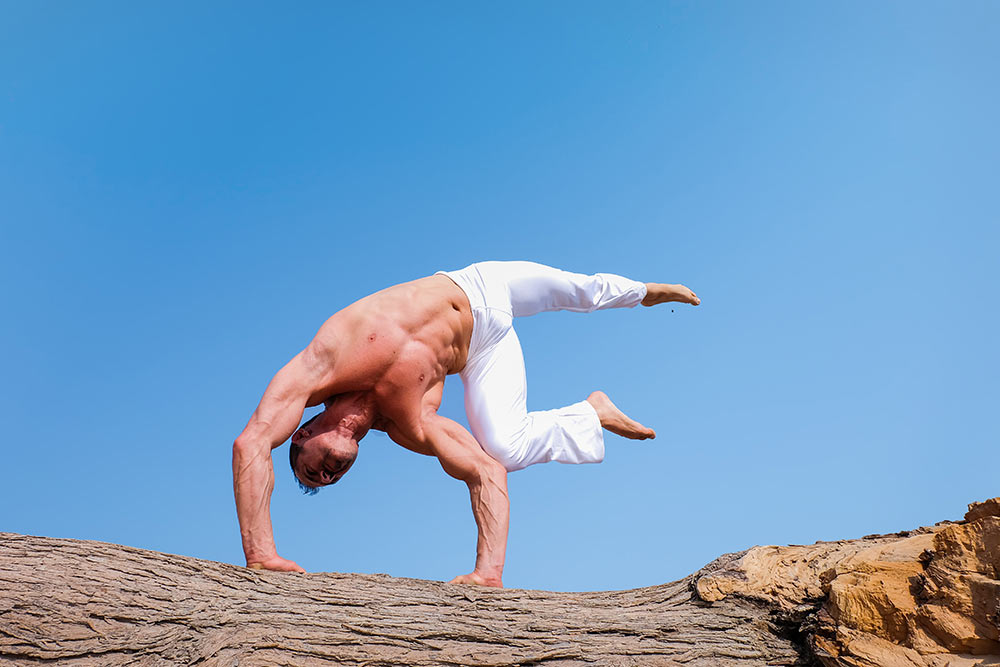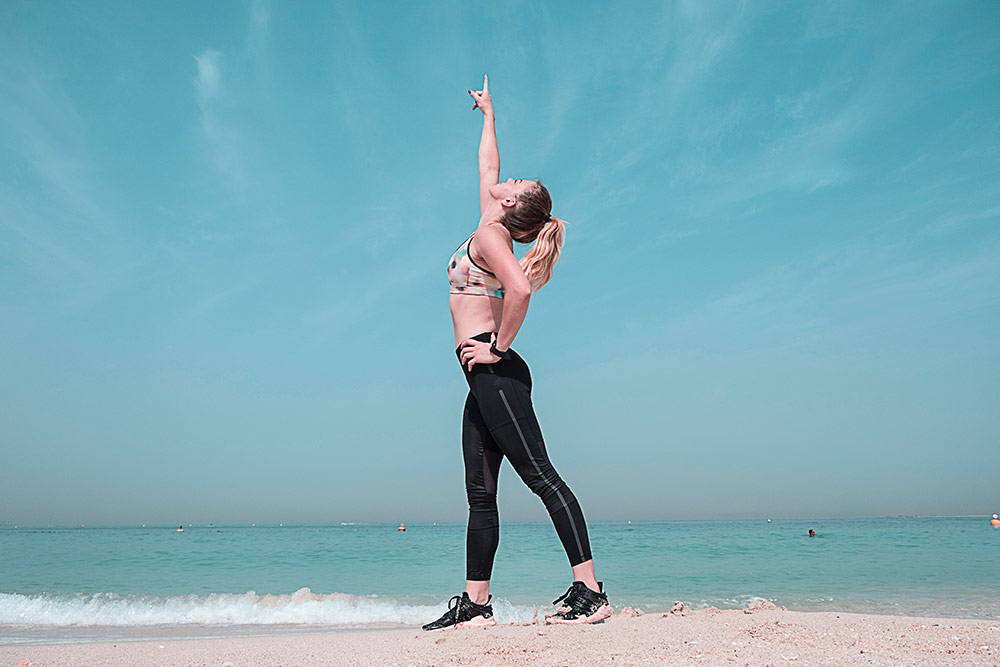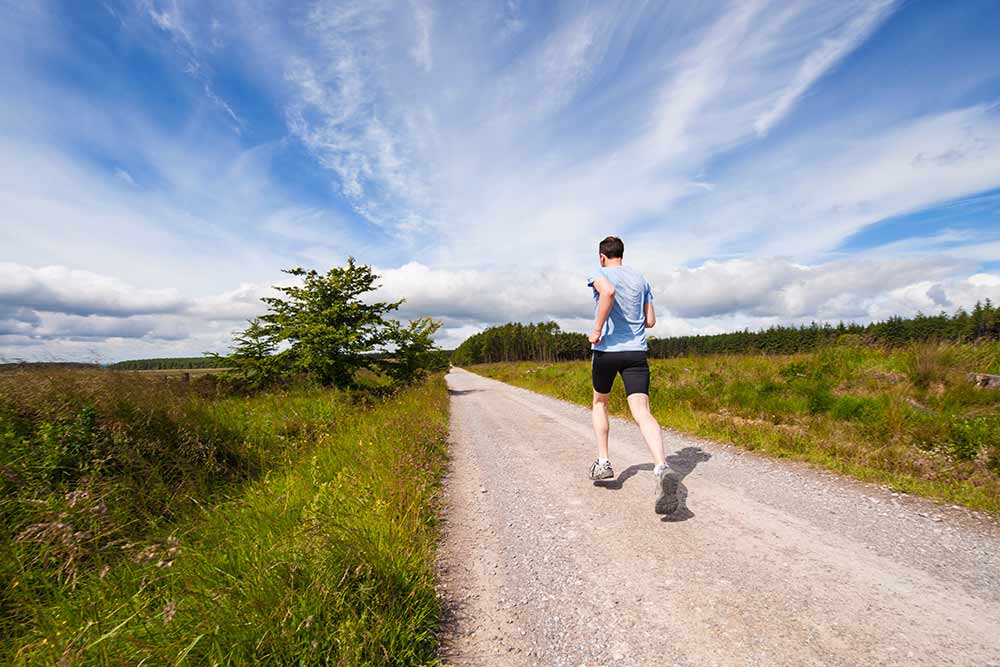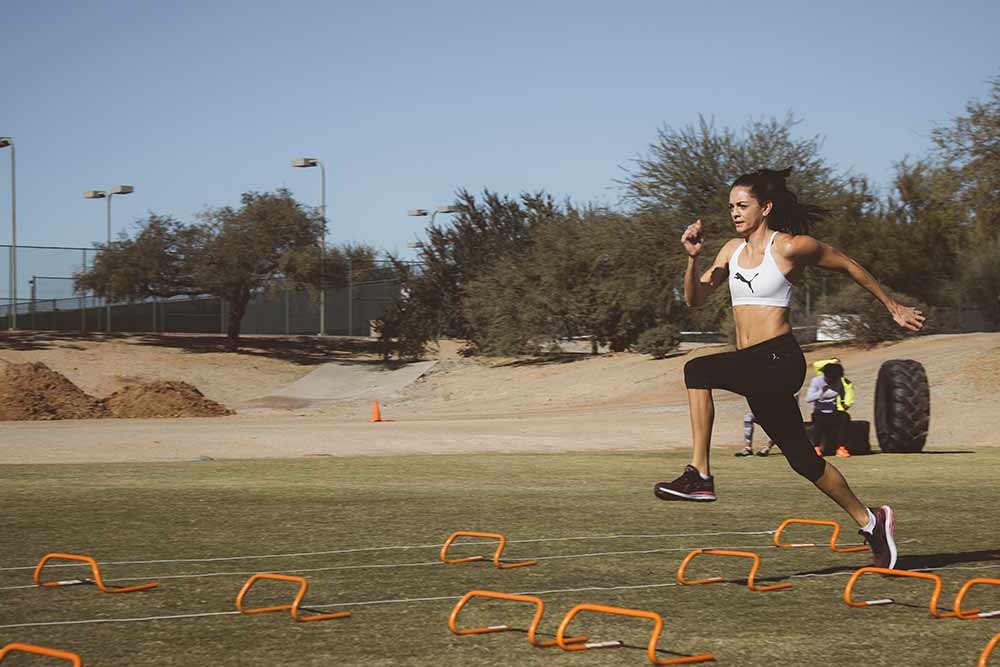The Effects of Sleep Quality and HIIT
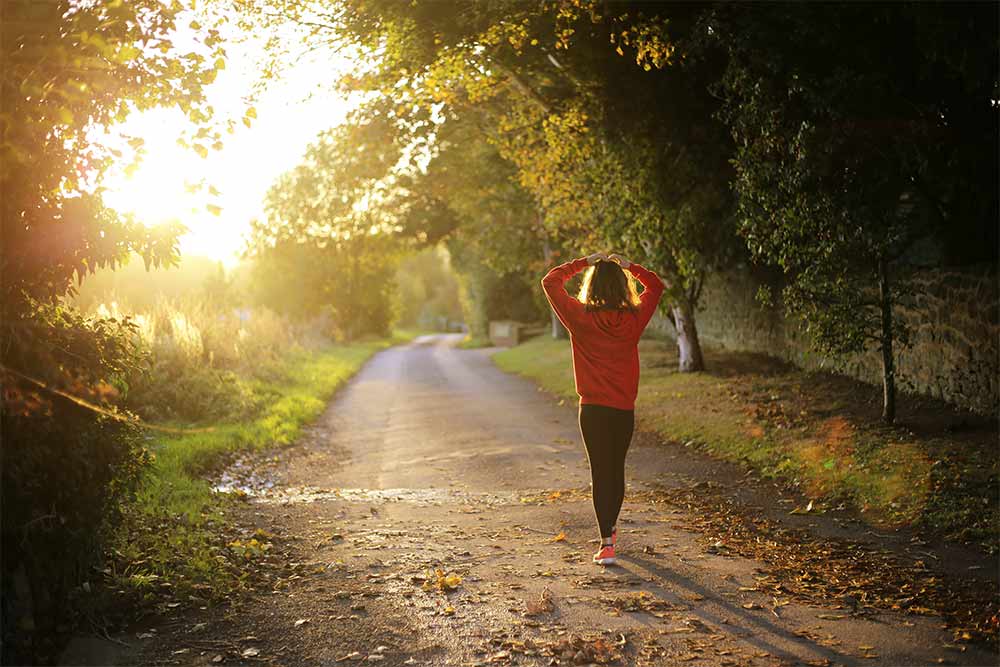
Moji Kaviani
Quality of sleep appears to be positively associated with both physical and psychological health (Halson, 2016; Lastella et al., 2012). Therefore, numerous studies examined the relationship between physical activity and sleep suggesting that physical activity is beneficial for sleep; however, it remains unclear to what extent those benefits are (Driver & Taylor, 2000). Once exercise training with moderate intensity is done in a regular base can improve sleep quality (Roveda et al., 2011), but high-intensity interval exercise, when performed in night time (Stepanski and Wyatt, 2003), may possibly affect sleep behavior (Youngstedt et al., 1999).
Related Article: Best Sleep Aids
Knowing Your Sleep Behavior
But before we get to that point, we need to know our chronotype (sleep behavior) which are morning-type could be (early bedtimes and wake up times), evening-type (late bedtimes and wake up times or “night owls”), and neither types as it could strongly impact the time of our training. So, there are some studies showing that morning-type athletes perform 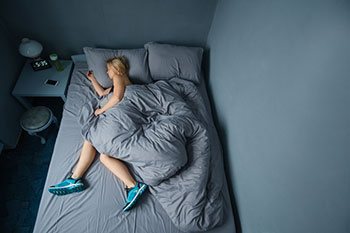 better in the mornings than evenings and the same trend for the evening-type athletes with higher performance in the evenings.
better in the mornings than evenings and the same trend for the evening-type athletes with higher performance in the evenings.
Related Article: What is a High-Intensity Interval Training (HIIT) Workout Anyway?
The Study
To study this concept, 389 males and 158 females college students who played soccer participated in this project, where Group 1 performed HIIT in the morning (08:00) and group 2 performed the same standardized HIIT in the evening (20:00). After 3 weeks wash-out period, participants completed the same training in a cross-over design.
HIIT session: The 4 × 4-min interval training consisted of running 4 times at 90–95% of HRmax interspersed with 3 min of active recovery at 70% of HRmax.
During the weeks of both trainings, sleep parameters were collected. Actual Sleep Time, the amount of time between sleep start and sleep end, the total time spent awake, the percentage of time in bed actually spent sleeping, sleep latency, the amount of time needed for sleep onset after retiring to bed. Immobility time, the total time spent without any movement recorded between sleep start and sleep end.
The Results
The results showed that the sleep quality in response to the morning HIIT session was not affected by chronotype. In contrast, the morning-type athletes scored poorer (actual sleep time, immobility time) in response to the evening HIIT session, while sleep behavior in the evening-type athletes did not change. Such changes suggest that sleep behavior varies depending on the time of day, therefore, athlete’s chronotype should be taken into consideration for training times.
Related Article: 3 Ways Sleep Impacts Sports Performance
Take Away
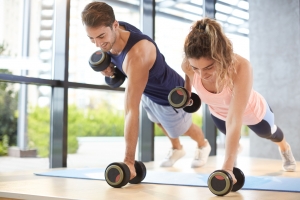 If you are a morning-type athlete (“early larks”) competing in matches scheduled late in the evening should be advised about adopting effective sleep strategies to promote faster recovery. One could be the predisposition to eveningness in soccer players to speed up recovery following high-intensity training in the evenings.
If you are a morning-type athlete (“early larks”) competing in matches scheduled late in the evening should be advised about adopting effective sleep strategies to promote faster recovery. One could be the predisposition to eveningness in soccer players to speed up recovery following high-intensity training in the evenings.
Different sleep-wake patterns of athletes should be considered when coaches, trainers, and medical personnel scheduling annual training plan including training sessions, so they can recommend appropriate sleep hygiene practices.
Related Article: 5 Benefits of Sleeping Naked: The Scientific Facts
References
Jacopo A. Vitale, Matteo Bonato, Letizia Galasso, Antonio La Torre, Giampiero Merati, Angela Montaruli, Eliana Roveda & Franca Carandente (2017) Sleep quality and high intensity interval training at two different times of day: A crossover study on the influence of the chronotype in male collegiate soccer players, Chronobiology International, 34:2, 260-268
Halson SL. (2016). Stealing sleep: is sport or society to blame? Br J Sports Med. 50:381.
You Might Like:




